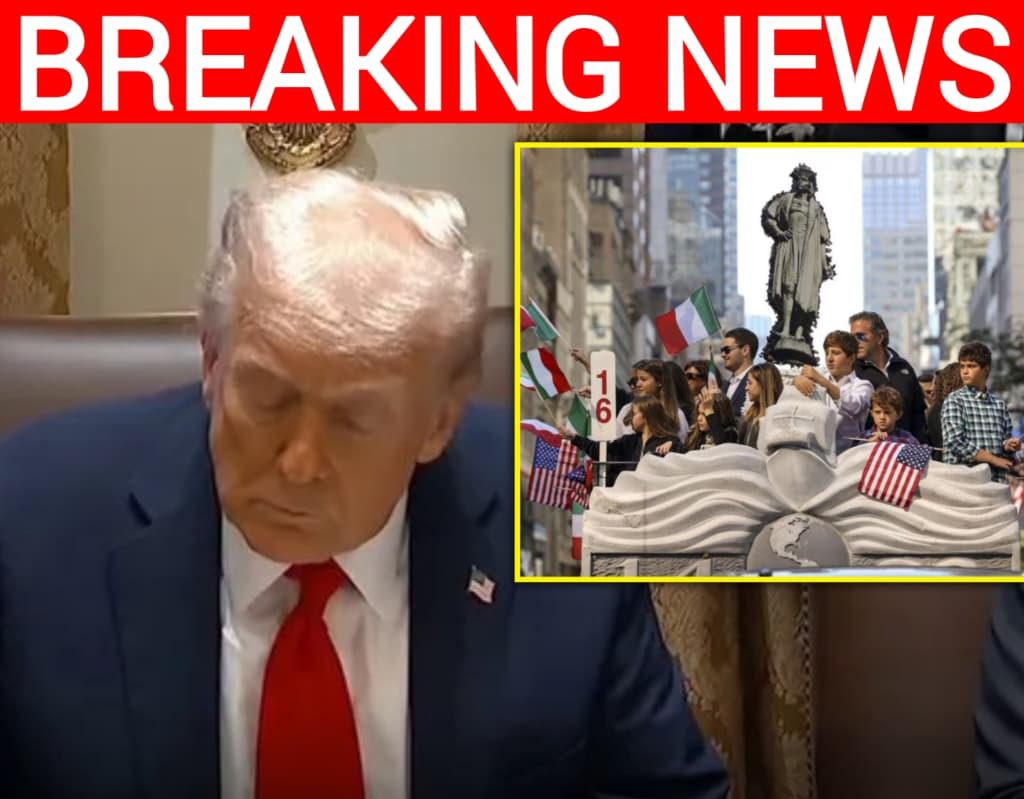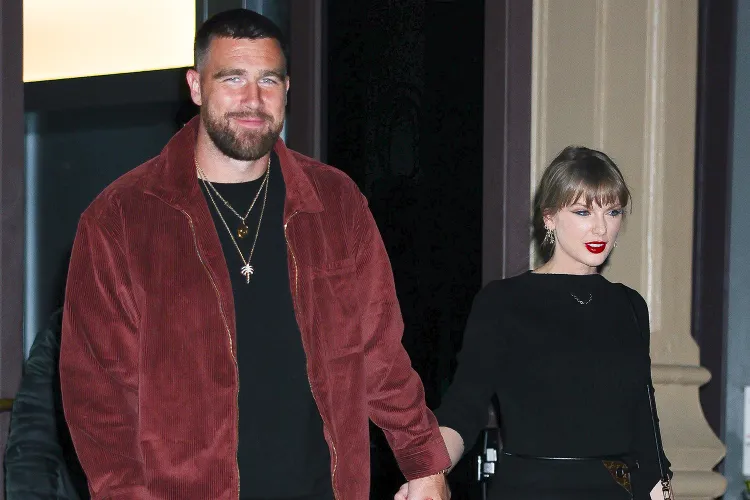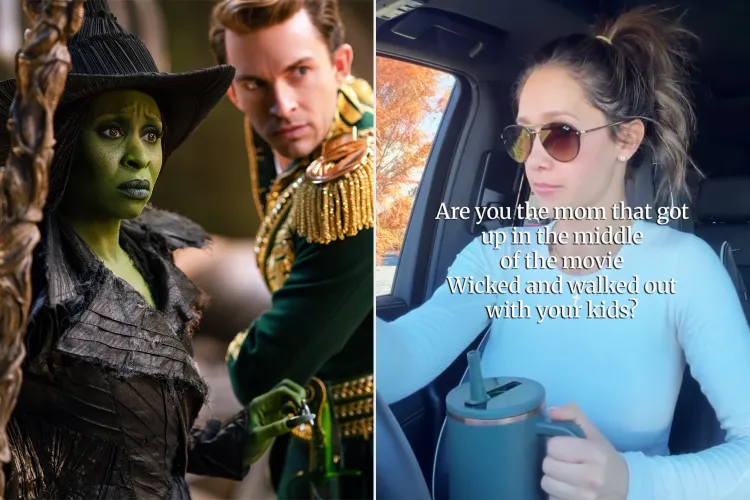President Trump Officially Reinstates Columbus Day, Ending Biden’s Dual Recognition of Indigenous Peoples’ Day in a Bold White House Ceremony That Draws Cheers and Controversy Alike
President Donald Trump has once again placed himself at the center of America’s cultural debate — this time by officially restoring Columbus Day as the sole federal holiday for October 13. In a proclamation signed at the White House on October 9, 2025, the President reaffirmed the long-standing holiday honoring Christopher Columbus while dropping recognition of Indigenous Peoples’ Day, a move that immediately drew both applause and outrage across the nation.
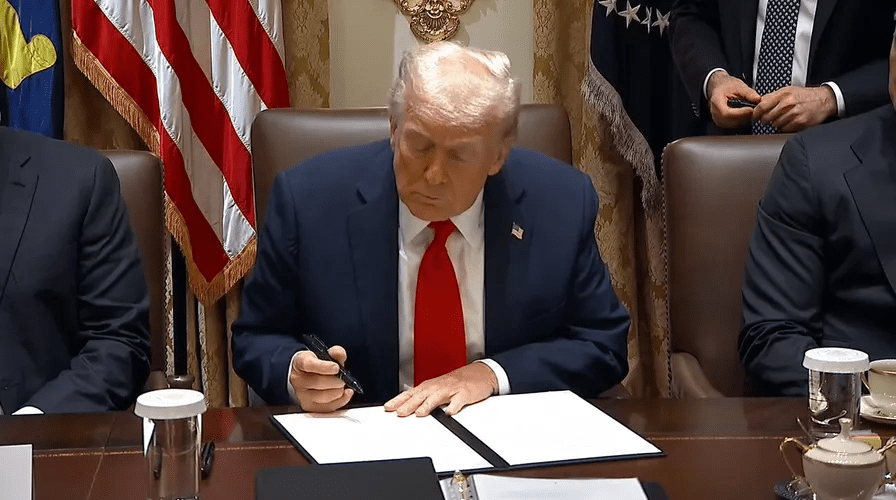
“Columbus Day — WE’RE BACK! We’re back, Italians!” Trump declared to laughter and applause from those in the room. “We’re calling it COLUMBUS DAY!” he added, as the audience — including members of the press — erupted in clapping. The moment, captured in a viral clip shared by Florida’s Voice News, spread rapidly across social media, showcasing a jubilant Trump surrounded by Republican lawmakers and advisers as he signed the ceremonial document.
The decision marks a reversal of the dual-holiday recognition first established under President Joe Biden in 2021, which had included both Columbus Day and Indigenous Peoples’ Day on the same date. Biden’s approach sought to honor Native American communities and acknowledge the painful history tied to European colonization. But Trump, staying true to his campaign pledge to “bring back America’s traditions,” has once again positioned himself as the defender of historical heritage, particularly among Italian-American voters who have long celebrated Columbus as a symbol of cultural pride.
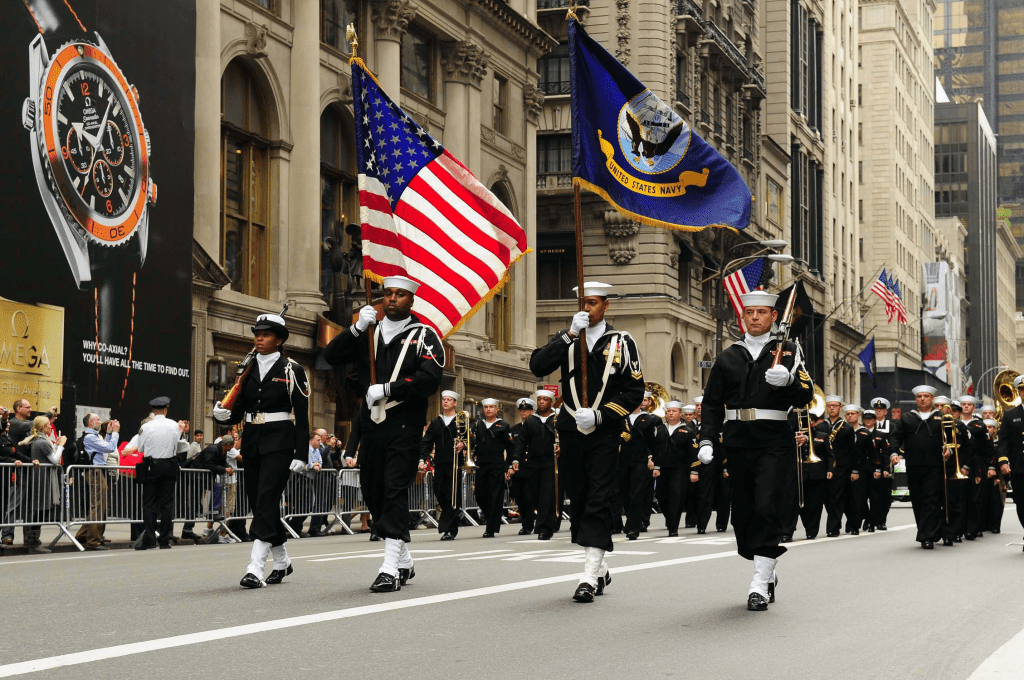
Federally recognized since 1937 and made a national holiday in 1971, Columbus Day has been one of the most hotly debated observances in modern American life. Critics argue that celebrating Columbus glorifies conquest, displacement, and suffering inflicted on Indigenous peoples. Supporters, however, view it as a tribute to exploration, discovery, and the contributions of Italian immigrants who helped shape America’s identity. Trump’s reinstatement taps directly into that divide, painting himself as a leader unafraid to push back against what he and his allies call “revisionist history.”
In the video, Trump’s tone was characteristically celebratory. “That was the PRESS that broke out in applause!” he joked, prompting laughter in the room. Behind the humor, though, lies a deeper message — one that echoes Trump’s broader political strategy heading into 2026: restoring what he considers traditional American values and symbols while rejecting what he often labels as “woke politics.”
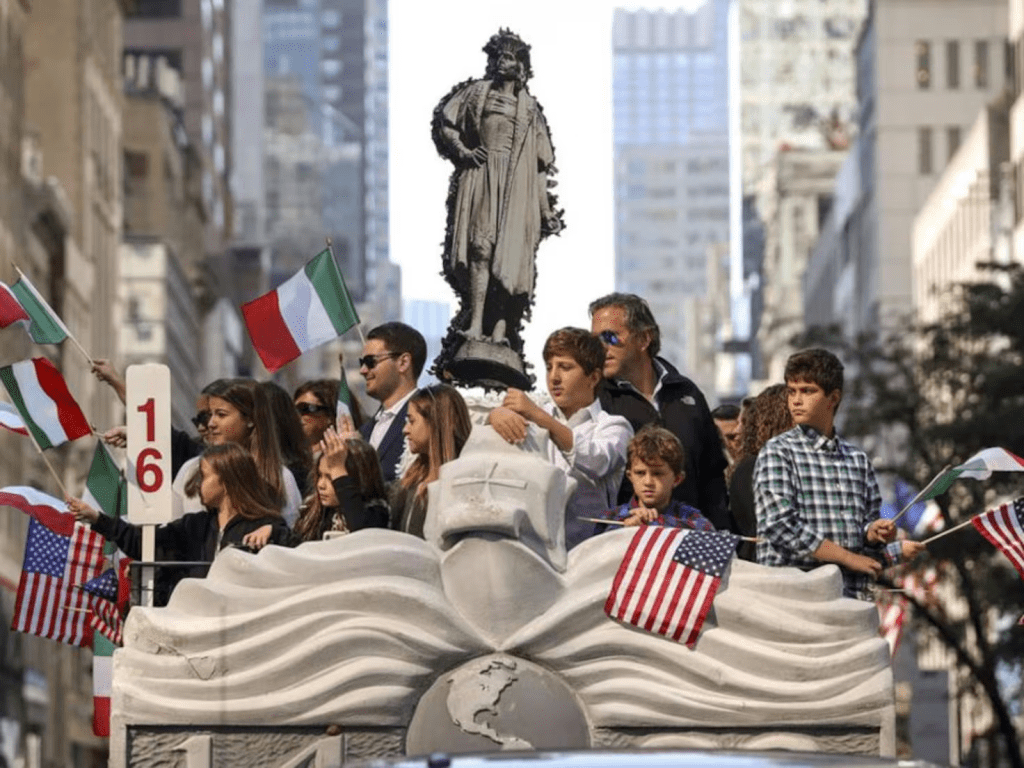
Reactions to the announcement were swift. Conservative commentators hailed the decision as a long-overdue restoration of cultural respect, celebrating it as a victory against what they describe as historical erasure. “President Trump is reminding Americans of their roots,” one supporter said online. “He’s standing up for history when others are trying to rewrite it.”
On the other side, Indigenous advocates and progressive organizations condemned the move as a deliberate slight to Native communities. The Indigenous Peoples’ Movement released a statement calling the decision “a step backward for unity and recognition,” emphasizing that the day should reflect both acknowledgment of discovery and the painful consequences of colonization. Outlets like NPR and The New York Times highlighted that Indigenous leaders see this as part of a broader political push to undermine Native visibility and advocacy.
Despite the backlash, the White House stood firm. In its official release, the administration described the proclamation as a reaffirmation of “the courage and vision that built the foundations of the American story.” Trump himself appeared unfazed by criticism, celebrating the moment as part of what he calls “the return of American greatness.”
The symbolism of the announcement reaches beyond a single holiday. For Trump’s supporters, it reinforces his image as the defender of national pride, the president willing to stand against cultural change and political correctness. For critics, it underscores a deeper division — a country still torn between honoring its past and reconciling with its painful truths.
Yet even amid that divide, the clip from the ceremony — Trump grinning as the room bursts into applause — captures something undeniably political and human: a leader who knows how to command attention, spark debate, and turn a proclamation into a moment of theater. As the applause echoed through the White House, so too did the reminder that, under Trump, every decision carries both symbolism and spectacle.
